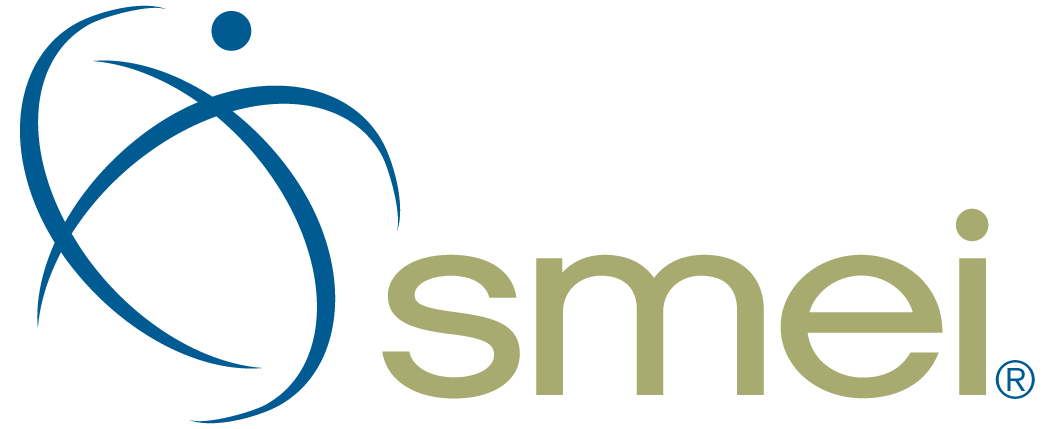Is Your Sales Organization in a Zero Growth Environment?
Sales organizations live in zero overhead growth environments, and productivity is something that is continuously worked on. If you want to grant your organization a three percent merit pay increase, you have to find it within the organization. So if you’re not getting three percent more productive, you’re underwater.
Sales productivity is part time allocation (how much time reps have to interact with customers) and part effectiveness with that time (workload, sales process duration, and close rates). We call this combination sales capacity.
// <![CDATA[
(adsbygoogle = window.adsbygoogle || []).push({});
// ]]>
Sales organizations interested in increasing the productivity of their teams should focus on these two areas:
- Time. Our studies have shown that, on average, sales resources spend 44% of their time focused on selling activities. In other words, over 50% of their time is spent on non-selling or non-revenue generating activities (such as travel, service, administration, and internal meetings). In this 24/7 fully-accessible world, sales roles are continually asked to do more tasks, beyond the job description of selling. This work is important, but not as critical to the business as meeting with customers and selling the products or services.
Sales leaders can increase the amount of time their sales people have by:- Measuring so you can manage. Track and catalog how much time reps spend on selling versus non-selling activities. Tools are available to sample the organization (kind of like a Fitbit for the sales organization).
- Understanding the job role. What is the optimal objective of that job? What are the value added and non-value activities for the company and for the job?
- Decontaminating the sales roles. Move the right activities to the right roles. For example, shift transactional activities to lower cost roles. Allocate the more strategic activities to the more strategic sales roles. Sales organizations can then calculate the ROI from shifting administrative work to lower cost resources and allowing sales people to hunt. Decontaminating sales roles can have a significant impact on productivity. For example, for an organization with $2B of revenue and 500 quota bearing reps that spends only 50% of its time selling, adding 5% more selling time at only 20% of the current revenue per hour yields an additional $40M in sales capacity.
- Effectiveness. The second part of sales capacity is how effective sales people are with the time they have. Sales leaders can improve the effectiveness of their sales people by measuring and managing:
- Workload. How much time does it takes a rep, in hours per week, to win a deal? What percent of his time each week does he spend on a specific deal?
- Duration. Length of time it takes (weeks or months) to close a deal. How quickly can a rep move a client through the sales process?
- Close Rates. How many deals in the pipeline does it takes to win one deal?
- Measuring so you can manage. Track and catalog how much time reps spend on selling versus non-selling activities. Tools are available to sample the organization (kind of like a Fitbit for the sales organization).
Sales effectiveness can be improved by qualifying deals according to more rigorous criteria. We all want a big pipeline because it feels safe. But it takes a lot of time to manage all those opportunities, and it is deceptive to yourself and the organization. Sales effectiveness can also be improved by getting deals out of the pipeline sooner. Flush out the opportunities that have a low chance of making it right away.



